
Choosing Packaging Materials: Balancing Aesthetics and Functionality in Vodka Bottles
Choosing Packaging Materials: Balancing Aesthetics and Functionality in Vodka Bottles

1. Aesthetic Appeal
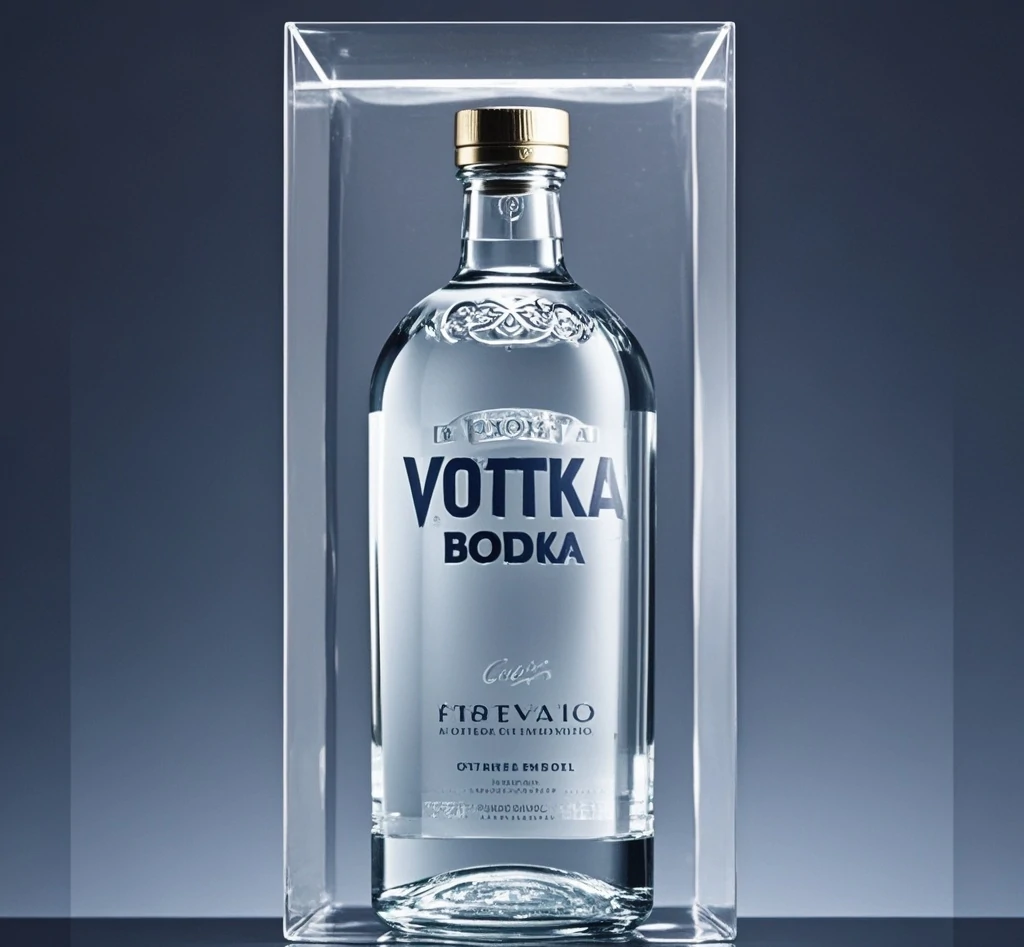
Glass Bottles:
Glass is often synonymous with luxury and quality in the spirits industry. Its transparency showcases the purity of the vodka, while its heft adds to the perception of value. Glass bottles can be customized through various techniques like etching, coloring, and labeling to align with the brand’s visual identity. Additionally, the tactile experience of holding a glass bottle can make a significant impression on consumers, reinforcing the premium feel.
Plastic Bottles:
While not traditionally associated with high-end vodka, advancements in plastic manufacturing have made it possible to create elegant and durable packaging. High-quality plastics can mimic the look of glass and offer unique shapes and finishes. They also provide more creative freedom in design as they can be molded into complex shapes that glass cannot easily achieve. Furthermore, innovative designs and high-quality printing can make plastic bottles just as visually appealing as their glass counterparts.
2. Functional Considerations
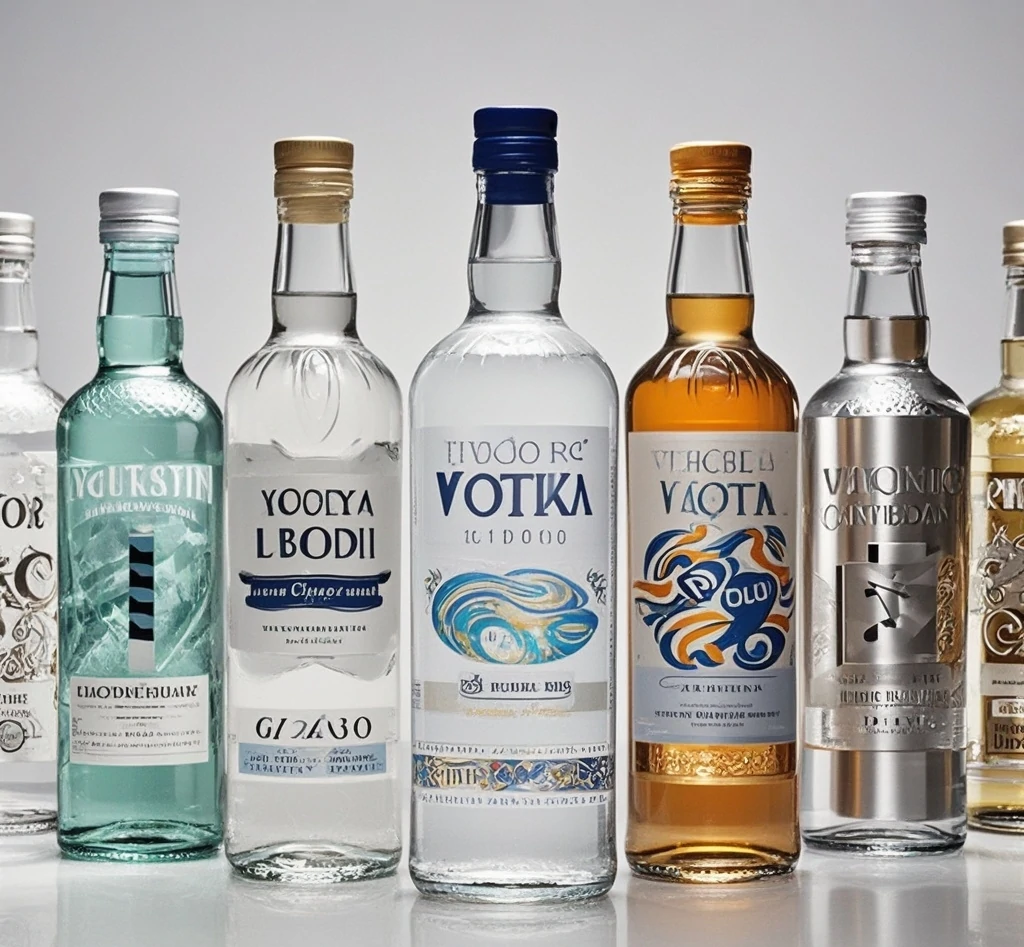
Durability:
Glass bottles, while visually appealing, are fragile and can be prone to breakage, especially during transportation. Plastic bottles, on the other hand, are more resilient and less likely to shatter, making them a safer choice for shipping and handling. This is particularly important for brands targeting markets where transport conditions might not be ideal.
Weight:
Shipping weight is a critical factor in logistics and overall cost. Glass bottles are significantly heavier than plastic ones, which can increase shipping expenses and carbon footprint. Lightweight plastic bottles can significantly reduce transport costs and environmental impact, aligning with sustainability goals.
Barrier Properties:
The integrity of vodka must be maintained from the bottling line to the consumer’s glass. Glass offers excellent barrier properties against oxygen and other gases that can affect the taste and quality of vodka. Some high-grade plastics can also provide good barrier protection, but it’s essential to choose materials specifically designed to prevent off-flavors and oxidation.
3. Sustainability
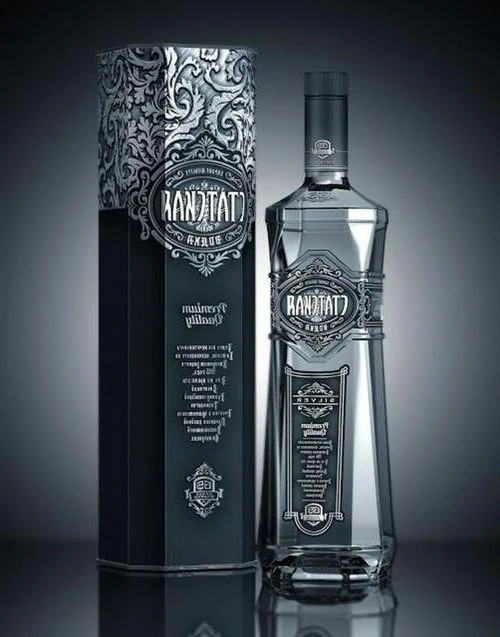
4. Brand Differentiation
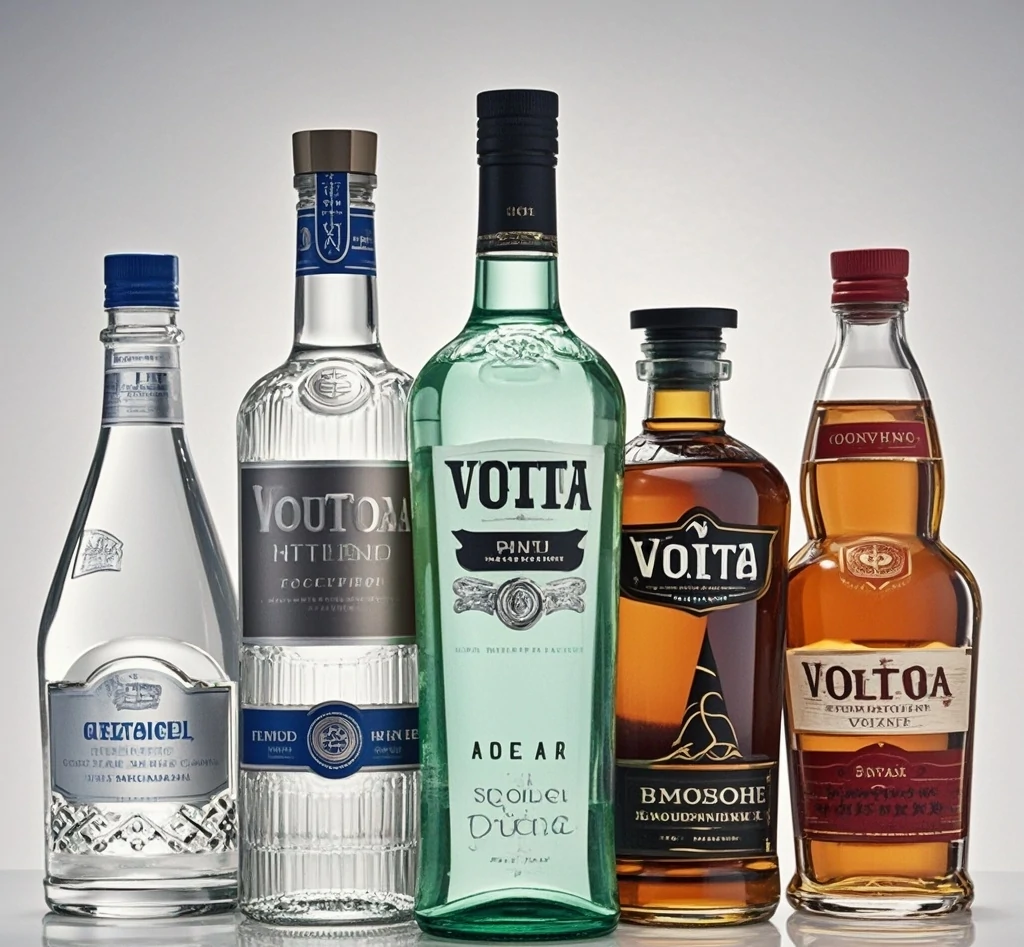
In a saturated market, standing out on the shelf is crucial. Customizing packaging to reflect brand identity can significantly impact consumer perception and purchasing decisions. Unique bottle shapes, innovative labels, and creative closures can make your vodka bottle more memorable.
Conclusion

Choosing the right packaging material for vodka bottles requires a careful balance between aesthetics and functionality. Glass bottles exude luxury and authenticity, suitable for premium brands emphasizing tradition and heritage. Plastic bottles offer versatility, durability, and cost-effectiveness for brands exploring innovative designs and sustainability. Whatever the choice, it’s essential to align the packaging strategy with the brand’s values and market positioning while considering the practical aspects of durability, weight, and barrier properties.

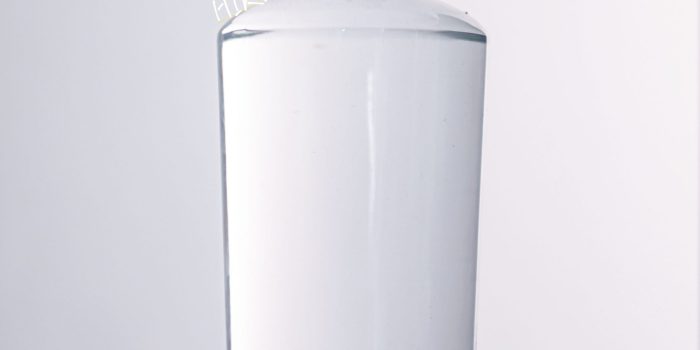
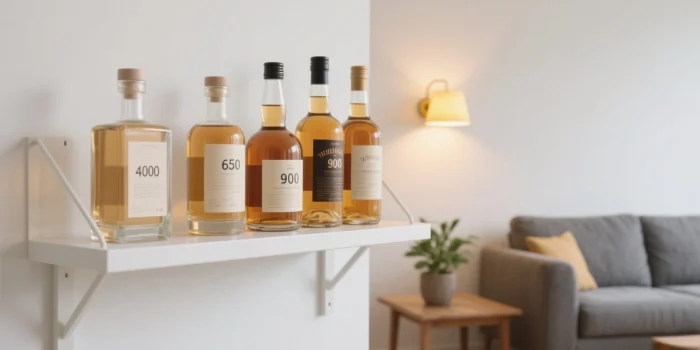
This Post Has 0 Comments